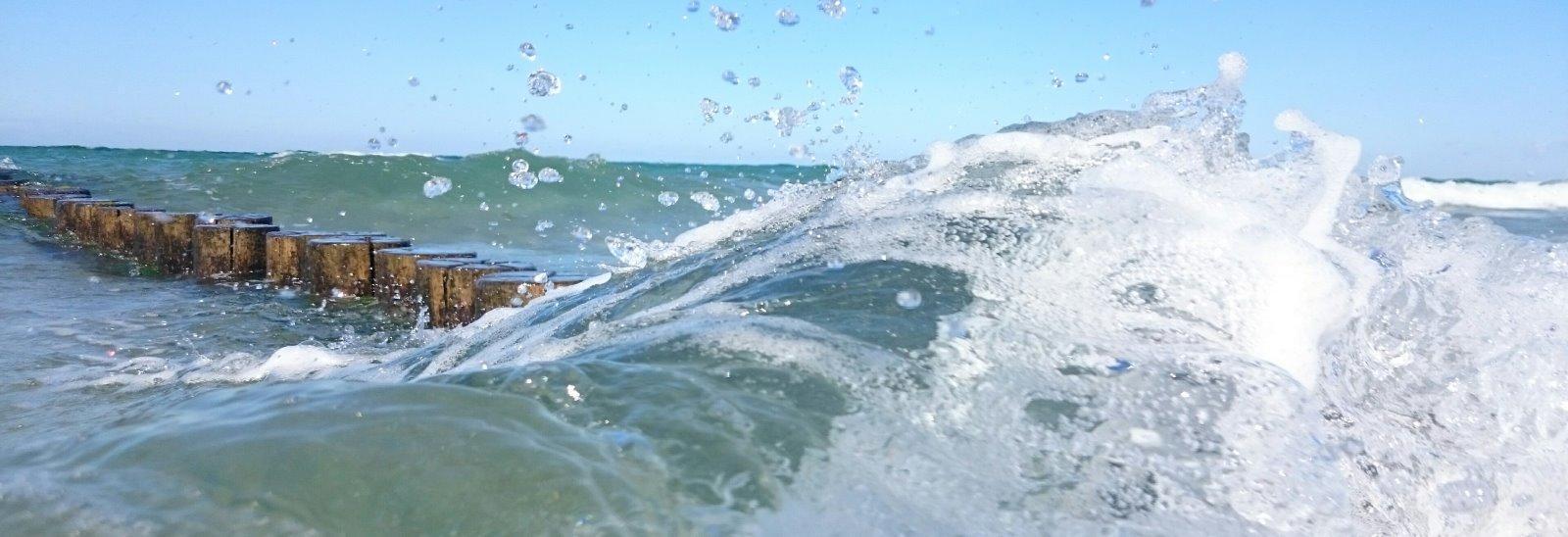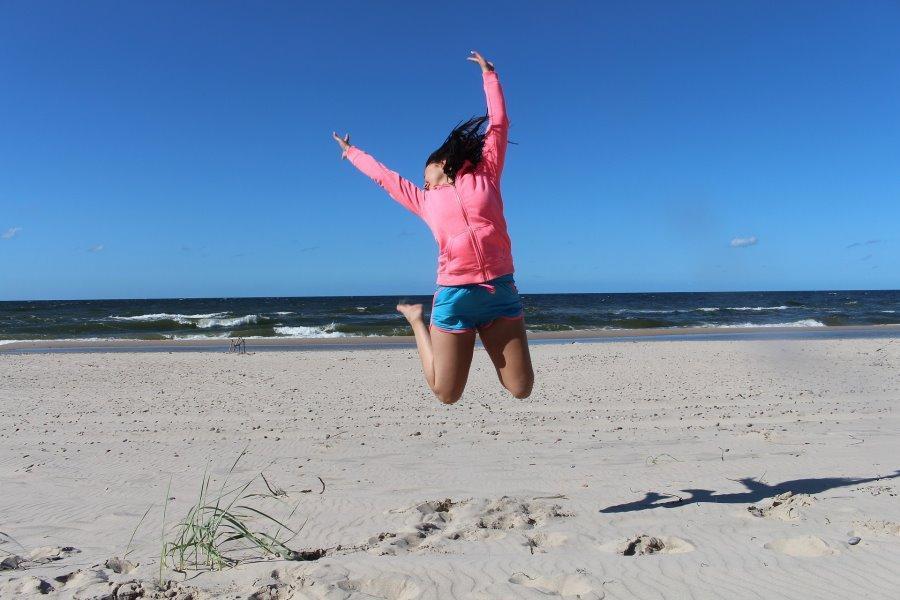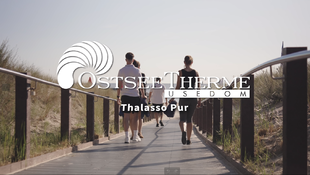
Thalassotherapy
Natural remedies: climate and water
Thalasso stands for marine medicine. It is a combination of balneotherapy and climatotherapy and can therefore only be carried out in direct contact with the sea.
With the foundation of the 1st German seaside resort Heiligendamm in 1793, the German cradle of thalassotherapy was established here in Mecklenburg-Vorpommern. The composition of the seawater of the Baltic Sea corresponds in large parts to the composition of human blood and is therefore particularly well absorbed. The health-promoting effect of seawater is based on the content of vital minerals, trace elements and the high oxygen concentration. Taking a bath in the sea is a kind of «maritime pharmacy», whose natural ingredients are absorbed by over 2 million of our skin glands. The massaging waves of the sea also intensify the inner and outer lifting of the body. The sea water thus has an irritating effect on the skin, drains away from internal organs and increases skin perspiration. The appetite is increased and the metabolism stimulated. Thalassotherapy can be used to treat symptoms of skin diseases, respiratory diseases, rheumatic diseases, tissue weaknesses and obesity. It also serves to strengthen the immune system.
This form of therapy is also used prophylactically in almost all sea spas and seaside resorts. Competent employees of health resort centres and health tourism oriented hotels accompany the guests. Whether in a preventive or rehabilitation stay in Mecklenburg-Vorpommern or simply on holiday at the Baltic Sea, the positive health effects of the sea and the associated thalassotherapy can be felt.
The eight criteria for the successful application of thalassotherapy:
- A therapeutic and/or preventive concept for defined indications (healing indications) under medical supervision must be available.
- The place of treatment must be directly by the sea, i.e. under the direct influence of the sea climate.
- Seawater for inhalation and/or bathing, e.g. as a tub or swimming pool, as well as a natural sea bath must be available.
- Sea products such as silt, algae, chalk and sand can be used for various applications.
- Heliotherapy is part of the concept, i.e. the primary use of natural sunlight, supplemented by artificial UV rays in unfavourable weather conditions.
- Low-allergen and clean sea air can be used during extended outdoor stays.
- Dosed climatic exposure and exercise therapy in the zone near the shore must be made possible, as well as a controlled increase in these therapeutic stimuli.
- Accompanying health-educational measures such as relaxation, change of diet and physical activity complement thalassotherapy.

